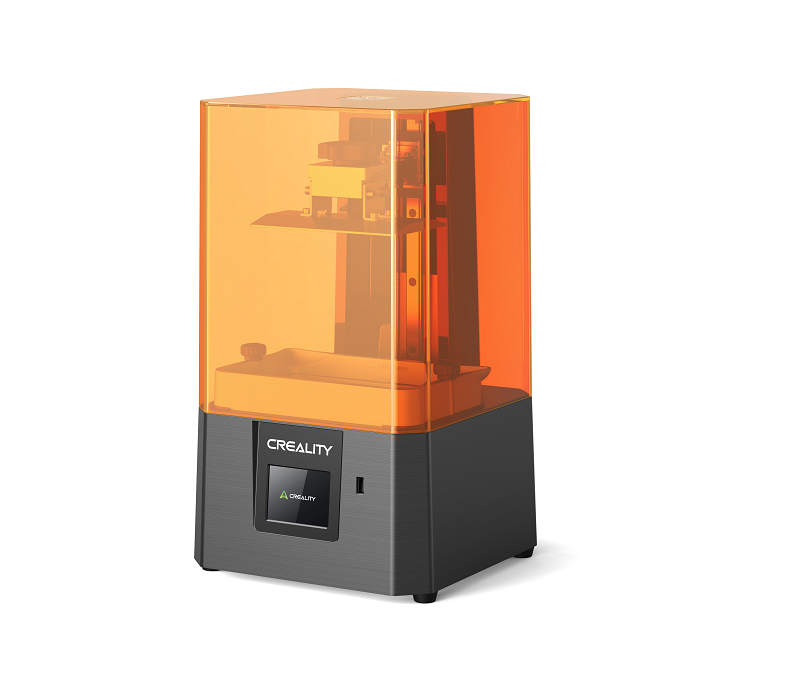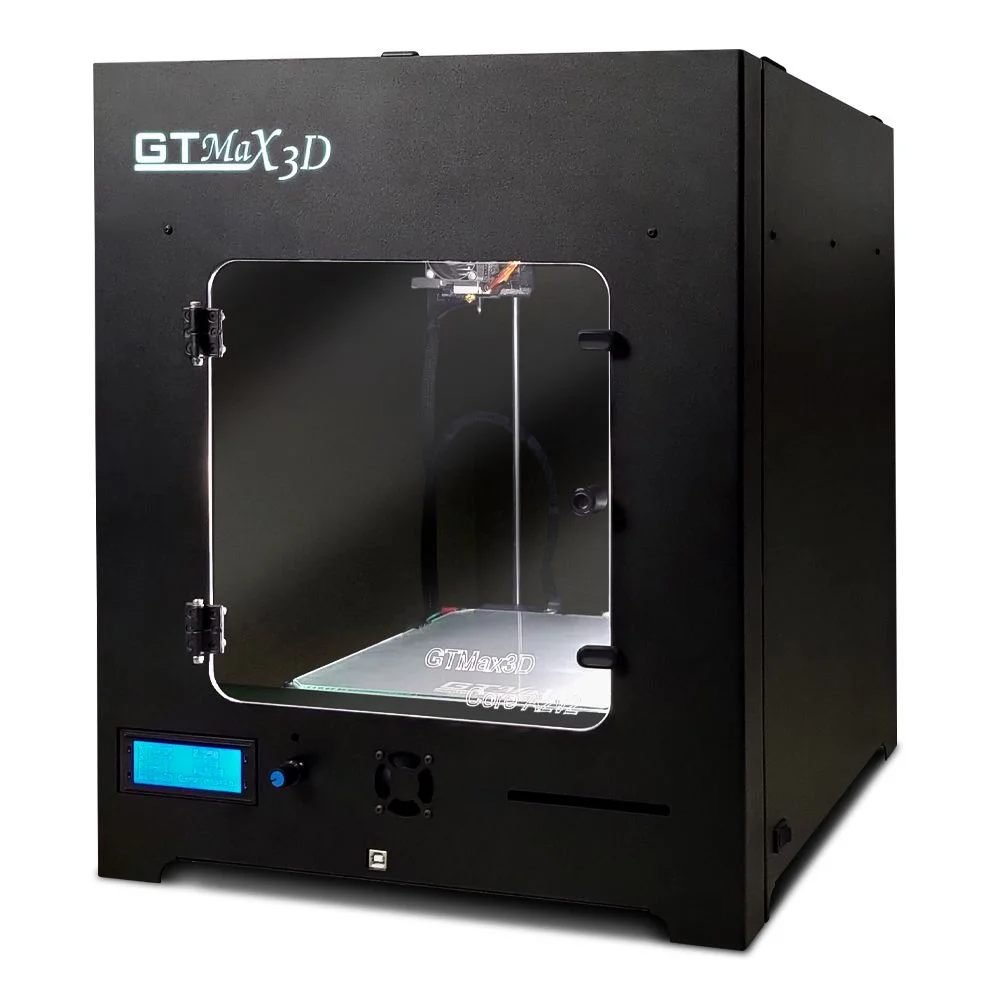Compare Halot R6 vs Core A2V2
Comparison between the best 3D printers
Choose the best 3D printer at the best price. The cheapest 3D printers are here.
Buy a 3D printer here with 3D Fila.
 |
 |
|
| Model | Halot R6[BUY Halot R6] |
Core A2V2 |
| Printing Material | Resin | Filament |
| Buy Resin for Creality Halot R6 | Buy Filament forGTMax Core A2V2 | |
| Estimated price | $129,00 | $684,00 |
| Manufacturer | Creality | GTMax |
| Release Year | 2024 | 2019 |
| Print Volume [mm] | 130x82x160 | 220x220x240 |
| Printer Size [mm] | 235x230x395 | 425x460x512 |
| Weight [kg] | 5,8 | |
| Power Loss Recovery | NO | YES |
| Maximum Resolution [mm] | 0,01 | 0,05 |
| Processor | ||
| Display | Touchscreen 2,8'' | Mono |
| Power Supply | 42W | |
| Connectivity | USB drive, WiFi | SD / USB |
| Operating systems | Windows, Mac | Windows, Mac, Linux |
| Date of registration in the system | 2024-12-05 | 2022-11-12 |
| Release date | 2024 | 2019 |
| Extra features | The Creality Halot R6 offers high precision with a layer height of 0.01-0.2 mm, a printing speed of 60 mm/h, and an integral light source with over 90% uniformity. Compact and lightweight, it features a 6.08" monochrome LCD for faster curing and extended durability. Includes Wi-Fi connectivity via Creality Cloud, an intuitive touchscreen interface, and supports remote monitoring and timelapse recording with a USB camera. Ideal for beginners, its robust and user-friendly. | The GTMax3D ProCore A2v2 is a compact and robust 3D printer with a printing area of ??220 x 220 x 240 mm. It offers high print quality, ranging from 0.05 mm to 0.32 mm. Its features include automatic filament detection and changing, travel speed of up to 300 mm/s, and a heated aluminum bed with a glass top. It has automatic bed leveling with 16 points and an all-metal hotend that reaches up to 298°C. The printer has a carbon steel frame with electrostatic painting, is automatic bivolt and has connectivity via USB and SD card. The Bowden system and core xy kinematics complete its advanced features. |
| Support for multiple colors and materials (AMS and CFS) | NO | NO |
Notes * |
||
| Cost-benefit | 9 / 10 | 6 / 10 |
| Hardware | 9 / 10 | 2.5 / 10 |
| Tela | . | . |
| Print volume | 3 / 10 | 3 / 10 |
| Performance | 9 / 10 | 1 / 10 |
| [BUY Halot R6] |
Conclusion |
| In comparing the Creality Halot R6 and the GTMax Core A2V2 3D printers, it becomes evident that both models cater to different user needs and budgets, offering distinct advantages and disadvantages. The Halot R6 stands out with its affordability, high precision capabilities, and compact design, making it an excellent choice for beginners or hobbyists seeking a user-friendly experience. Its impressive layer height resolution and lightweight structure make it attractive for those who prioritize detail and portability. Moreover, it supports modern connectivity options like Wi-Fi, enhancing its usability for remote monitoring and interaction. Conversely, the GTMax Core A2V2, while significantly more expensive, delivers larger print volume and advanced features tailored for more experienced users. Its robust build, automatic filament detection, and precision leveling system appeal to those who might require more advanced printing capabilities. However, this model's older release date may suggest that while it is reliable, it may lack some of the modern features and innovations seen in newer models like the Halot R6. In conclusion, choosing between the two will largely depend on the user's priorities: the Halot R6 offers better cost-effectiveness and ease of use, making it ideal for casual users, while the Core A2V2 provides more sophisticated features and a larger printing capacity for professional or serious hobbyist applications. Ultimately, the best choice hinges on individual needs, usage scenarios, and budget considerations. |

